This is the legend of the noble fruit named “Mit” and the tree named “Da” of Vietnamese folklore.
1. When I first started do charity work for the Cambodia-Vietnamese refugees’. I had little money, but I could cut the children’s hair, wash their hands and feet, or find them a pair of slippers… I had lots and lots of energy. My mother knew about it and she gave me a suggestion’ “It is good to do charity’ but to do as Miss. Mit did is noble.” I had no idea who “Mrs. Mit” was, so I asked my mother then she explained: “Miss. Mit was a very pretty woman who worked hard’ in a rice mill in the village. She was sweet, very generous and kind and she helped many poor people that came to her. She liked to give and do charity work. However, she could not drop her work and still devote her time to charities. So, she sent her money to a man that usually went to temples for disasters, or charity events, Mr. Da, who to took her money to the needy.
Meanwhile Miss. Mit was busy milling rice for the people. She diligently milled the finest rice for the wealthiest and poorest people in town, so they would have food to cook and eat. She rarely took breaks because her job was demanding, and she loved and respected people, and kept her commitments to provide service to without delay, and because of that the people loved and respect her. She was very popular among many and she also liked all others, and trusted Mr. Da to do charity for her, and always gave thanks and praised him for doing goodness for her. She often said “Mr. Da, you are a bridge; you connect me to the people on the other side of the river and you have done a wonderful job to help me. Please tell them I pray for them to be happier. Thank you very much for your good heart and devotion to do charity work. I like to do what you do, but I am busy, and you helping me do it for me is appreciated.” She then gave money to Mr. Da and said: “This is a separate fund for your transportation’s and meals during the time you travel to visit poor people and victims.
2. Mr. Da took money from her, but he never gave her credit he did not say that the money and the gifts were actually from Miss. Mit, who asked him to deliver and distribute to the poor and victims. Mr. Da talked loud and always told people how much he gave and told stories about the conditions of miserable victims. Those who needed help assumed the money and gifts were his and came from his good heart. He lied to the people and made them believe he was a genuinely good person. The poor or the victims saw him come and give them gifts and heard what he said. They believed him and praised him as a good man, a generous, compassionate, and kind philanthropist.
3. A few years later, the country experienced a bad cyclone flood, which washed away homes and people, as well as animals. Miss. Mit disappeared and no one knew where she had gone. Miss. Mit manifested to mill and provide rice for the people and she disappeared during the disaster like a fairy tale lady (fairy Godmother). Town’s folk were sad. They searched for her but no one could find her. Her appearing was like a beautiful fragrant flower blooming in the spring, and her living was like a leaf flying away with the wind and disappearing from tree in autumn. Miss. Mit coming and going is the natural progression of the cause and effect.
The flood killed many of her villagers, brought much debris into the town as well as strange species or seeds of plants or roots of trees to the land. It took many years for the people to clear all debris and after 5 years the rice mill was cleared up and the property that once was a rice mill and home of Miss. Mit, had become a large empty lot since she disappeared. Interestingly enough, there was a big tall tree with a round shaped trunk and beautiful dark green leaves that grew in the middle of the lot. The tree was in the place where Miss Mit used to sit. It produced many dozens of big gigantic fruits, and one of these fruits could feed 10 people.
4. The fruit had green thorns on the outside, but inside, the ripe golden yellow flesh was delicious and sweet like honey, and it generated sweet fragrance. It also had nuts as big as a man’s biggest toe. Villagers took the fruit and offered it to the Mother Queen of the country. The Mother Queen tasted and pleased with it, so she ordered the Minister of the Royal Food Courts to offer it to the King and the Queen and all Royals. The Royals enjoyed it and were surprised by the delicious flavor of it, and His Majesty asked the town’s Mayor about the name of the wonderful new kind of fruit. The town Mayor explained to the King and Queen that no one knew its name since it came from the cyclone flood as a seed and grew up as the first ever tree of its kind on Miss. Mit’s property.
The Mayor also explained about Miss. Mit and the background of Miss Mit’s work, her life, her kindness and her generous heart. The Royals enjoyed the story very much and so the King pronounced that it would be known as the “Mit Fruit”!
5. The Mother Queen asked the King to give the order to his country to plant and cultivate the Mit Fruit for the whole nation to enjoy. The King granted the Queen mother’s request.
The town Mayor obeyed the order and paid respect to the Royals and came back to his hometown to announce the name of the new strange fruit, the “Mit Fruit” (quả Mít)
The Vietnamese nation produced so many Mit fruits and the Cooks invented many popular dishes from the Mit fruit. When the Mit fruit is still green it has white flesh. When it ripened the flesh became golden honey sweet. It entertained and supported everyone from a young child to old folks until today. This fruit is very popular in Asia.
6. The story does not end here. The Mit trees after 30 years produced approximately 100 Mit fruits each tree, per year. When they are thirty feet tall, they have big trunks, fewer leaves and are old. The people then replace them with a new generation of Mit trees and they cut the old trees down. There were many Mit trees cut down they gave the dried wood to the Buddhist temples for using as fire wood or kindling. The monks at the temple used the trunks to make bowls and chop sticks, but then the monks realized that the trunks were beautiful light cherry color and resilient, They didn’t crack or change color with the time or weather. The monks decided to make a small drum and used it for early dawn chanting practices. Then, the monks saw that the Mit trunk was shiny and light, so they decided to carve a sculpture of the Maha Bodhisattva Avalokiteshvara (Quan Yin with a thousands arms statue). The statue was very big (10’ high 6’ wide) but it was easy to install because Mit wood is very light.
Good Deeds and their Effects:
In conclusion: The wise ones contemplated the phenomenon of the life of Miss. Mit and her wholesome heart, her wholesome deeds caused the invention of the Dharma instruments, which are currently in use in the temples. Furthermore, Mit wood (gỗ Mít) can be used to make sculpture of many great Compassion Images for Buddhists to pay respect to.
Bad Karma and it’s Effect:
The cyclone flood destroyed Mr. Da’s house, and people found his corpse lying on his muddy lot, his body almost decomposed. Villagers buried him right on his land.
The house of Mr. Da was destroyed and no one rebuilt it and there was a big tree with a big trunk, and has many triangles sharped edges around the trunk (the trunk was not rounded). No one could explain where this tree came from. This tree did not produce good fruit or good wood. It was useless, except that it had many leaves like giant parasols, which gave shade. Villagers saw a big shade tree growing on his land, and they tied the leashes of their animals, such as horses, goats, and cows, around that tree. Then naturally, the animal peeds around it and it had a filthy smell from the animals’ urine. People then customarily called it a “Leashes to Da tree” because it grew on the land of Mr. Da to recognize a place to tie animals at (Cây Đa).
The wise ones contemplated the phenomenon of the life of Mr. Da’s actions, such as using other’s efforts and money in striving for his own gain and fame. However, selfishness is the cause, and the deserving of the urine of animals is the effect.
Doing charity work as Miss. Mit did is noble.
Dishonesty doing charity as Mr. Da did is filthy.
(I’m for World peace Foundation’s goal is to work hard to help bring happiness to others. (We built schools; bridges; homes for the homeless and drill fresh water wells. 60 scholarships provided to the underprivileged students annually)
Thanks to Michael Geoffrey, Nickolas, Lieu and others assisted me to complete this.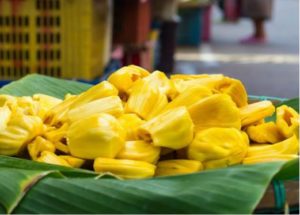
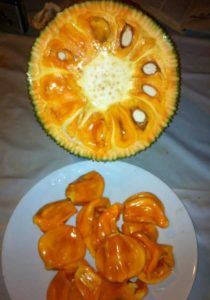
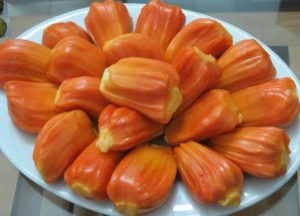


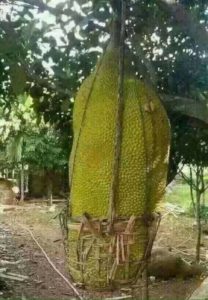
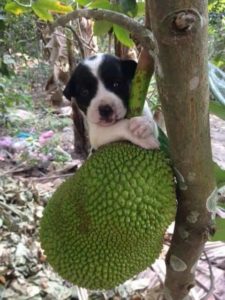
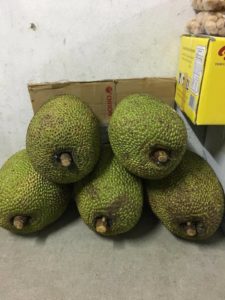
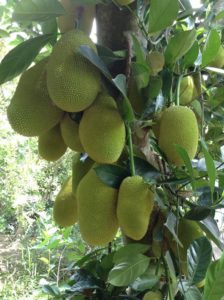
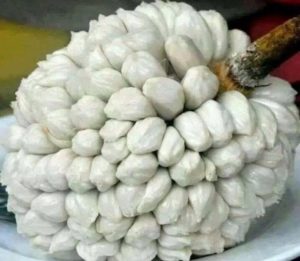
I Am For World Peace Foundation
Tôi Nguyện Phụng Sự Hòa Bình Thế Giới

